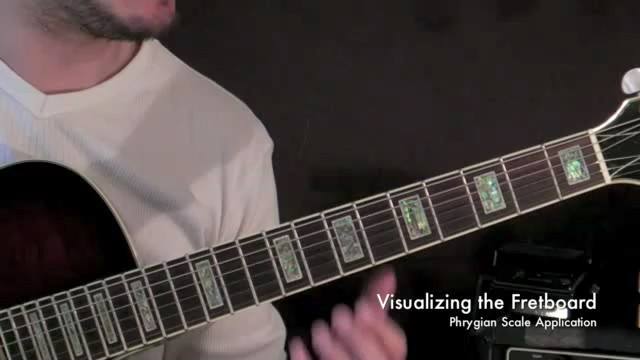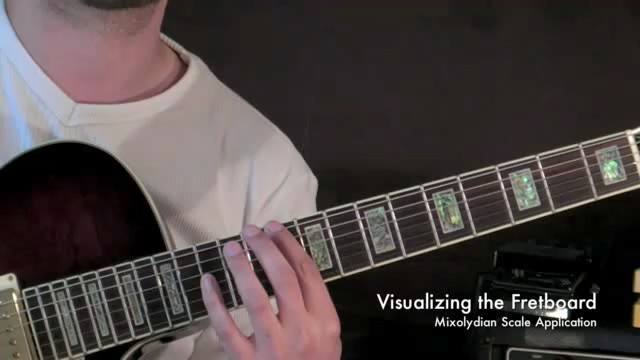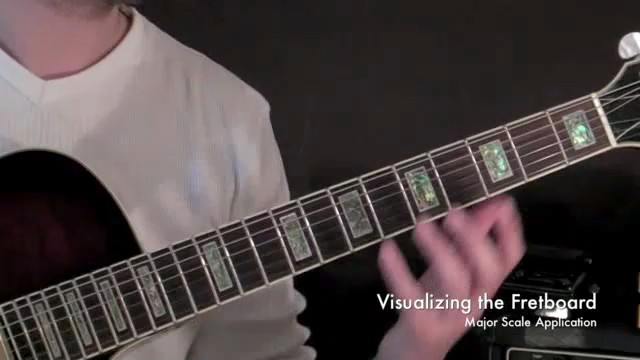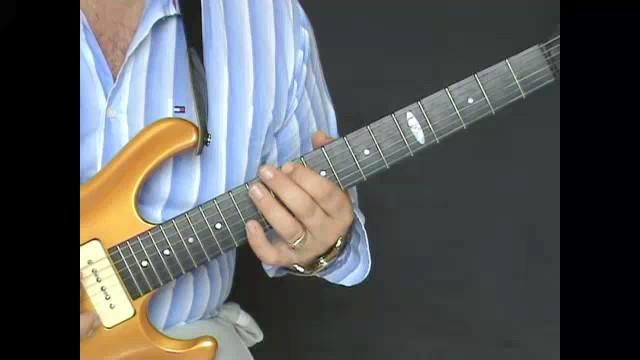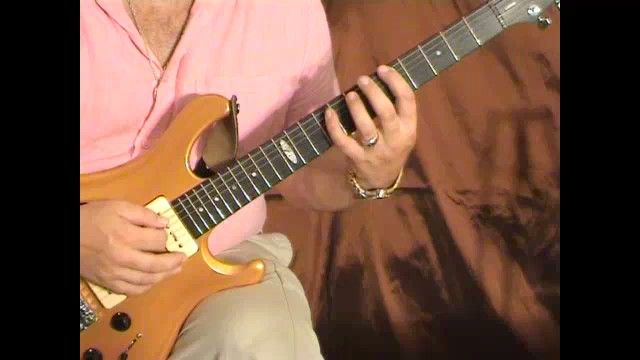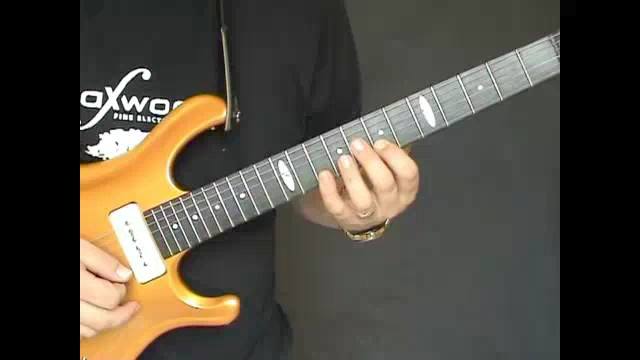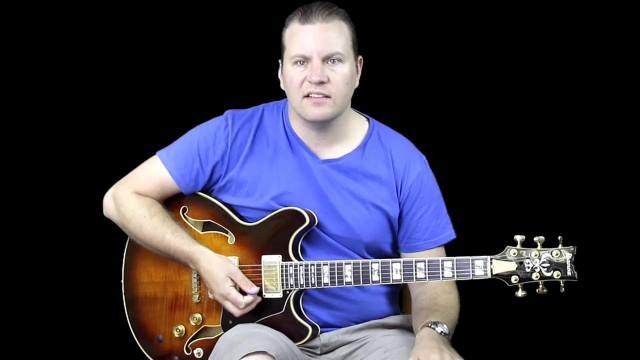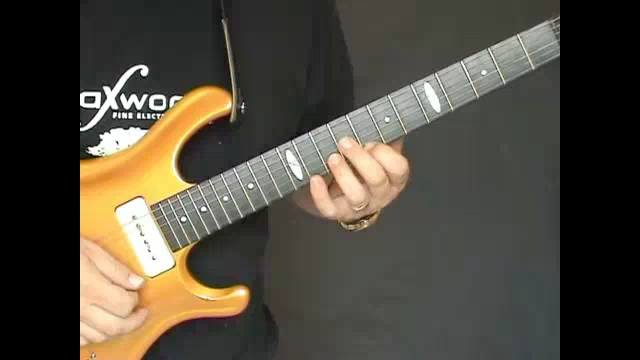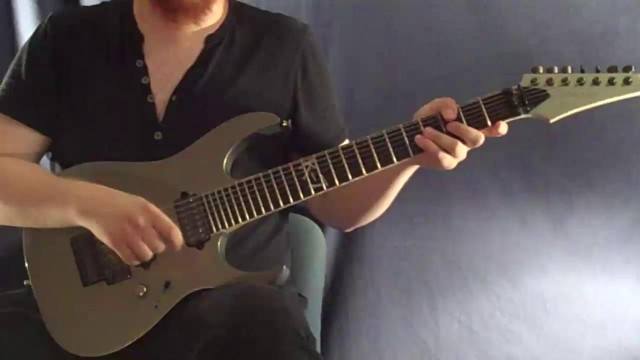Now, as promised, let's try this method out in other keys. The beauty about learning guitar-theory, is once you learn one scale, to alter it's key, it usually just requires shifting everything up or down the fret-board, and this is no different. To apply this method, simply know the root notes on the E string.
| 0 | 1 | 2 | 3 | 4 | 5 | 6 | 7 | 8 | 9 | 10 | 11 | 12 |
| E | F | F# | G | G# | A | A# | B | C | C# | D | D# | E |
So let's take, for example, the key of A minor. The notes that make up this key are A-B-C-D-E-F-G. This key does not (unlike E minor) contain a sharp (F#). So the actual scale intervals are different. But don't let this confuse you, all it means for us is that the starting point is going to change. Instead of beginning the scale rooted on an E note, we'll begin on an A and follow the exact same scale intervals, except beginning on the 5th fret (low E string), instead of open E.
Note: This method only works when root notes are on the E string. We'll leave A string root noted scale positions for a later date, as the G/B string tuning off-set has a tedency to confuse many players when practicing these patterns.
Examine the tab below where the first octave of A minor as well as F minor is given for example purposes. Follow the exact steps for expanding this scale into higher octaves and practice both methods (in order) to maximize practice time.
Try some on your own!
Pop quiz: F#m? Gm? Bbm?






